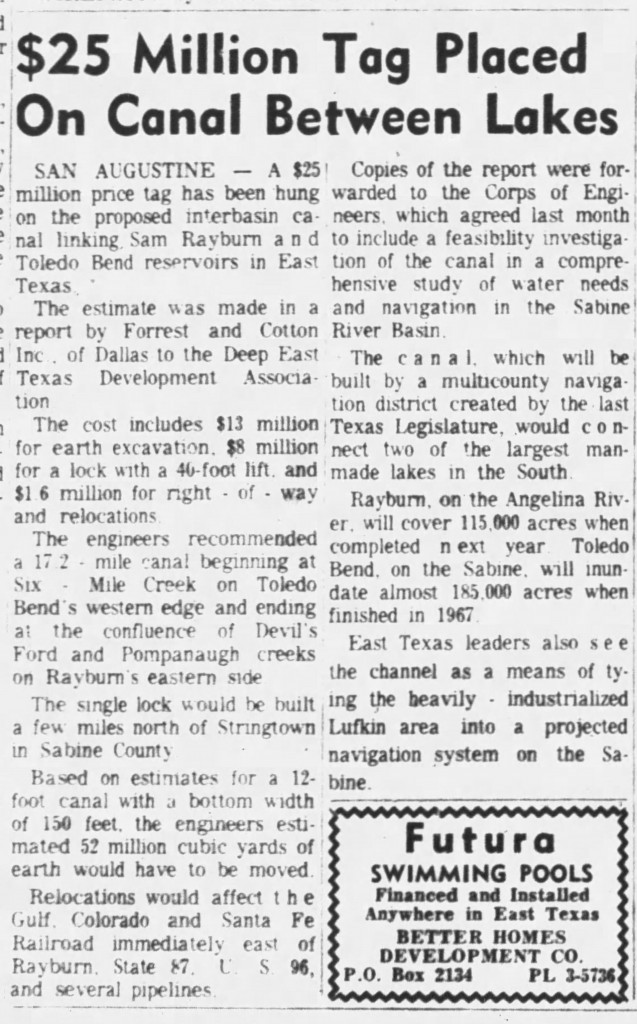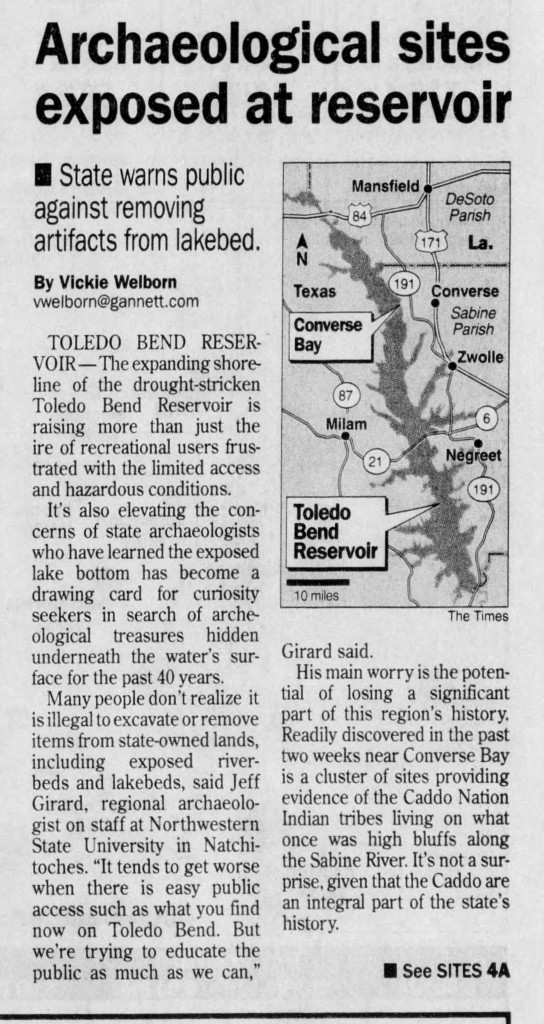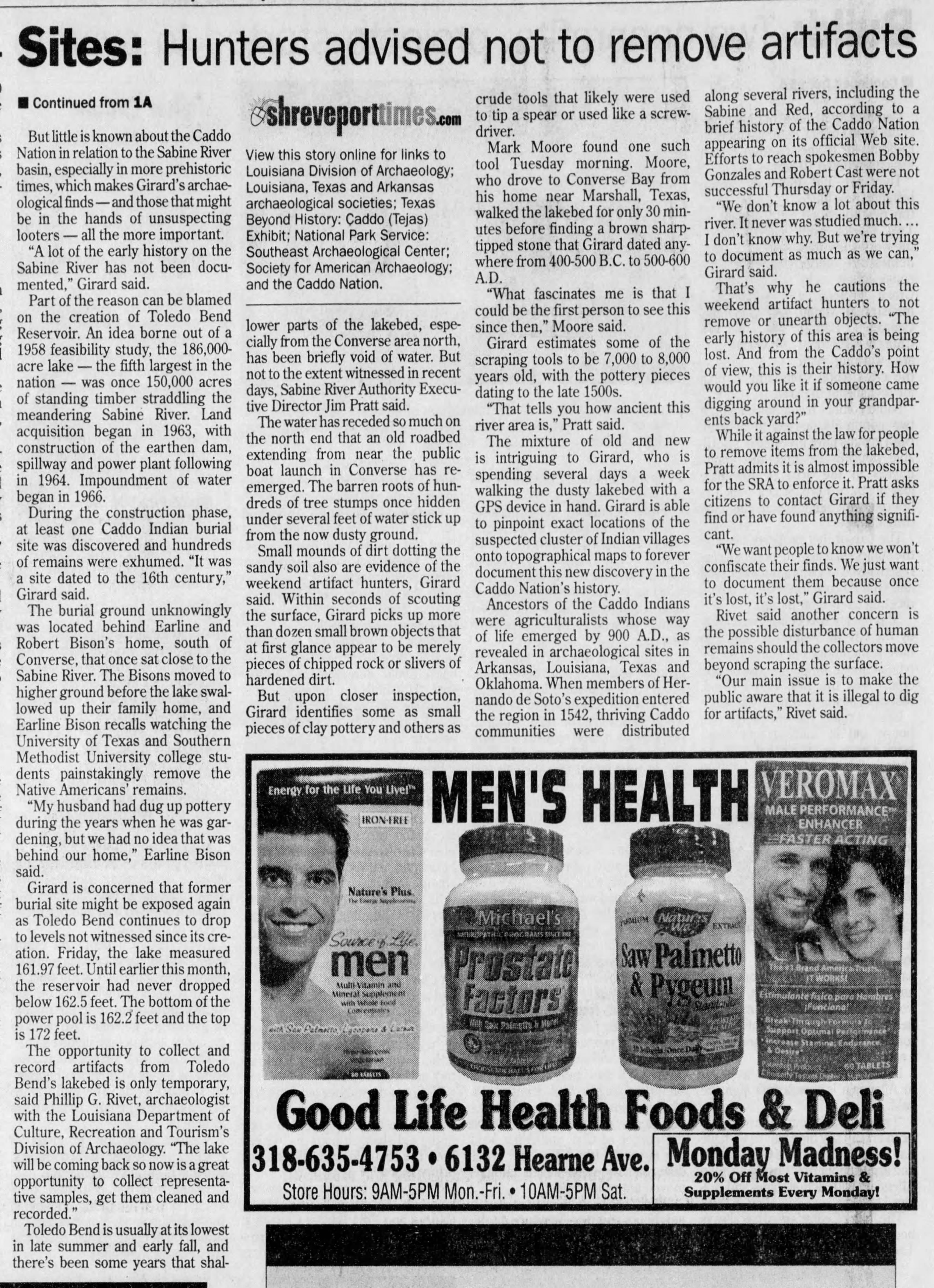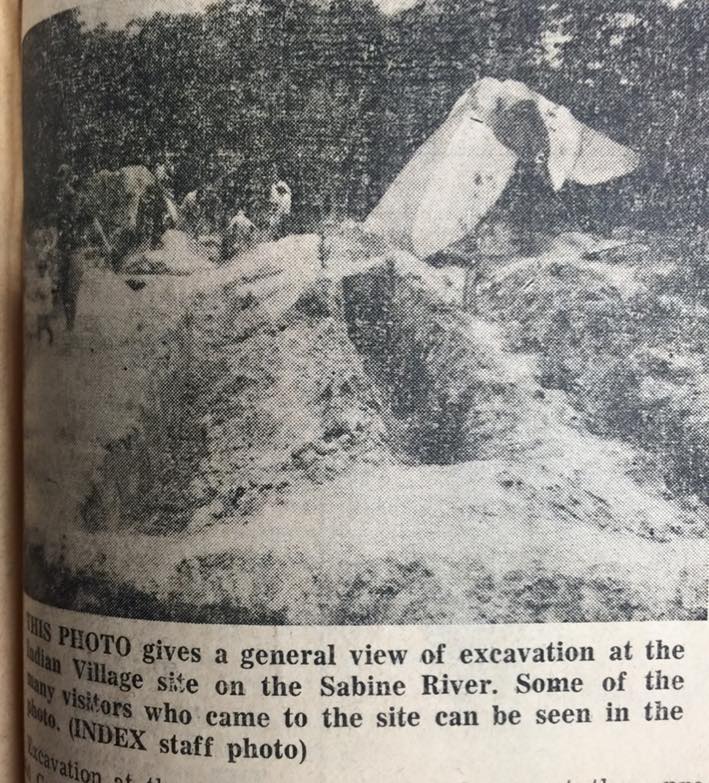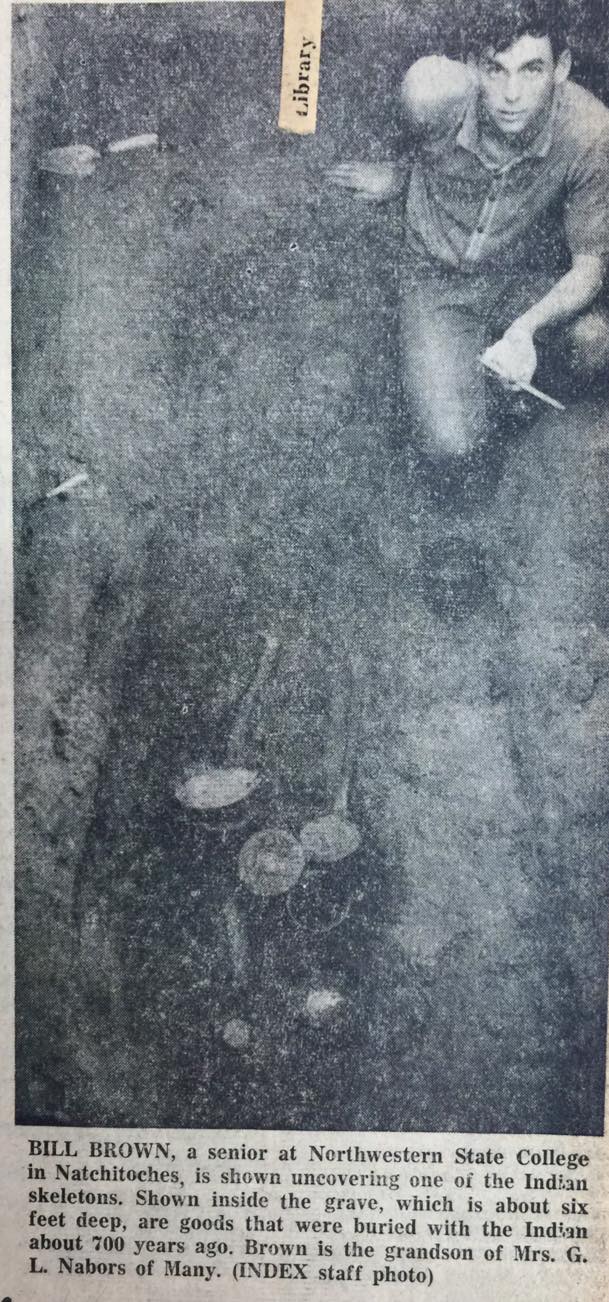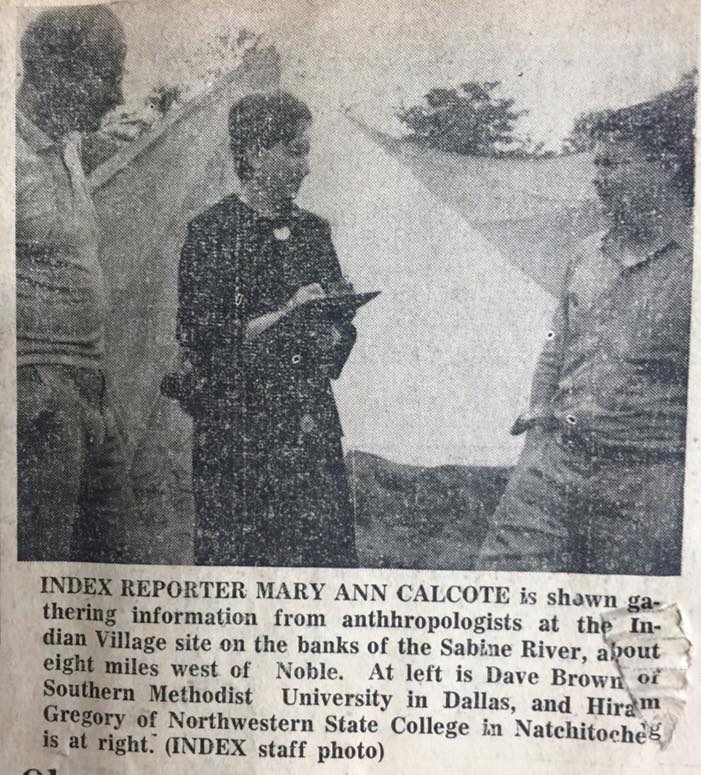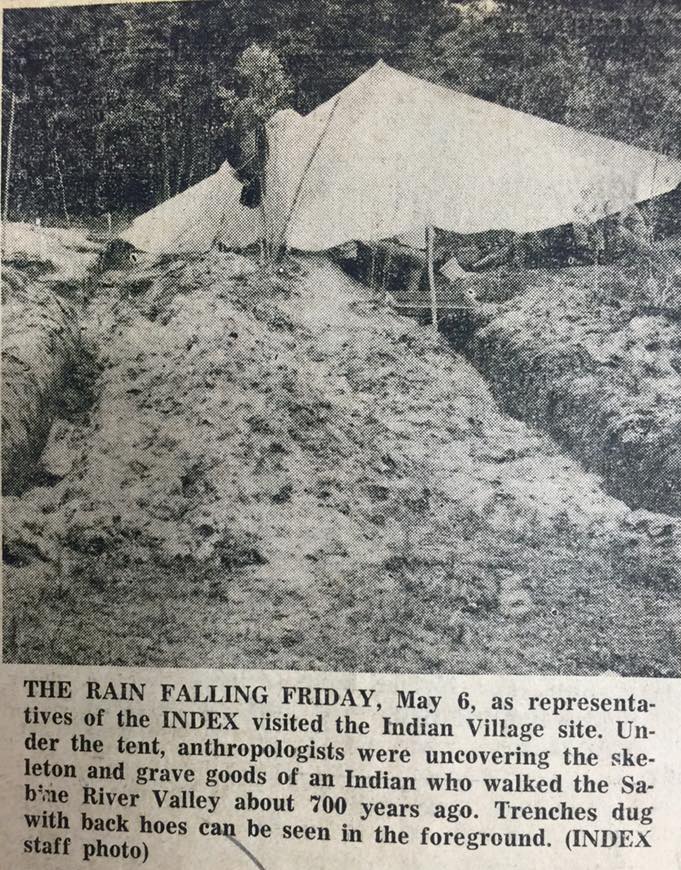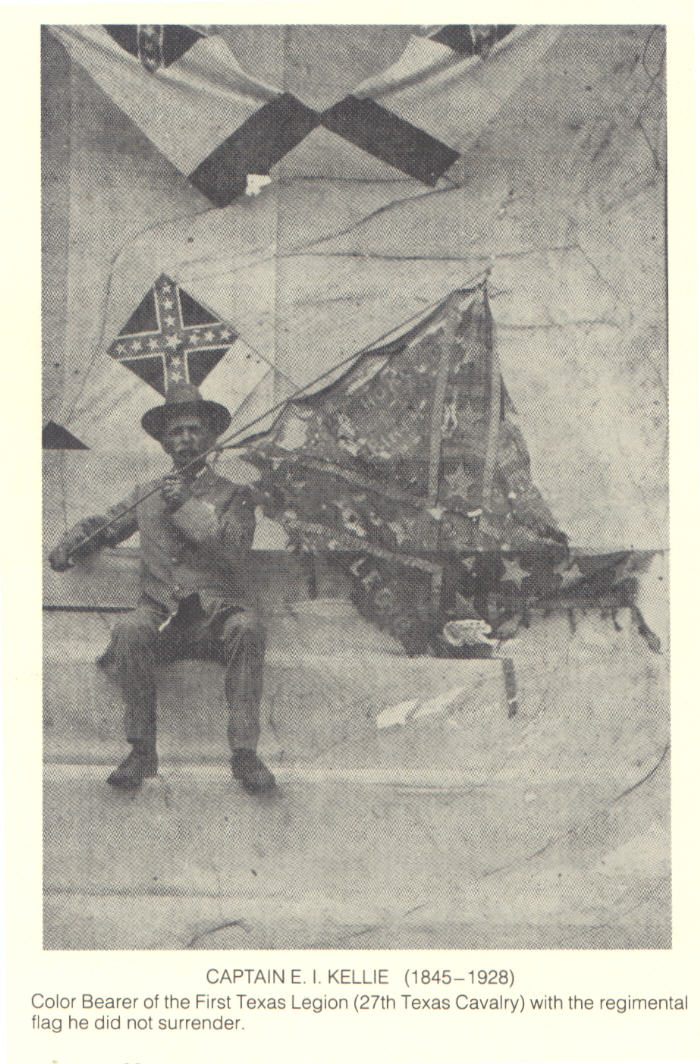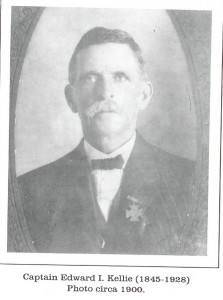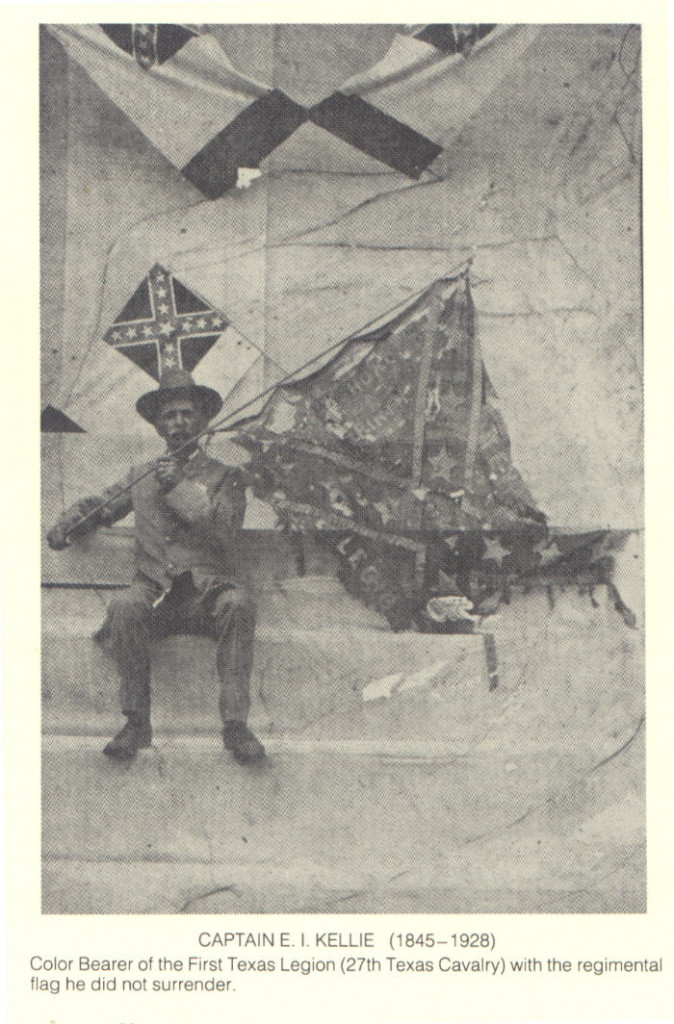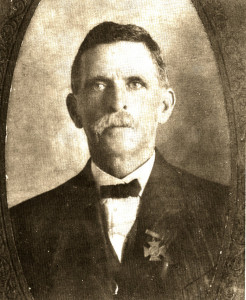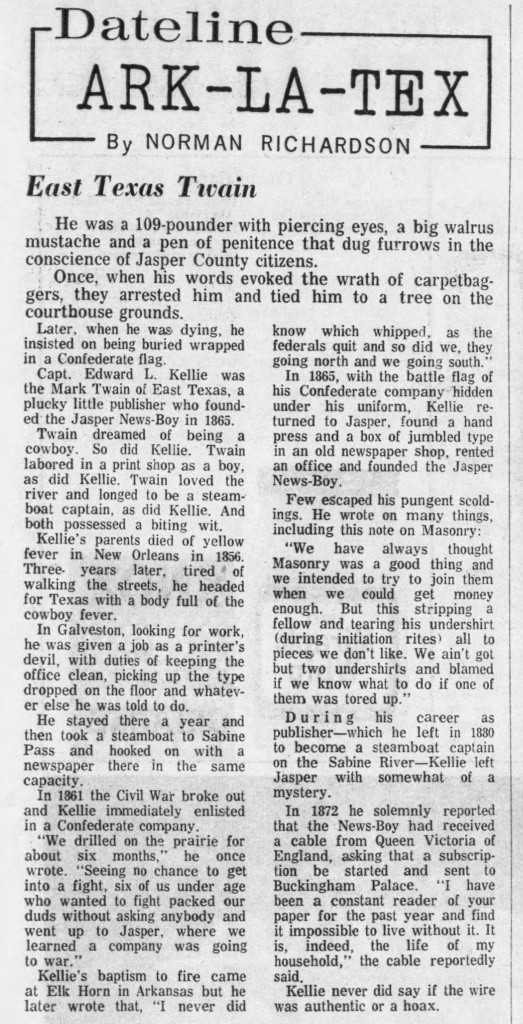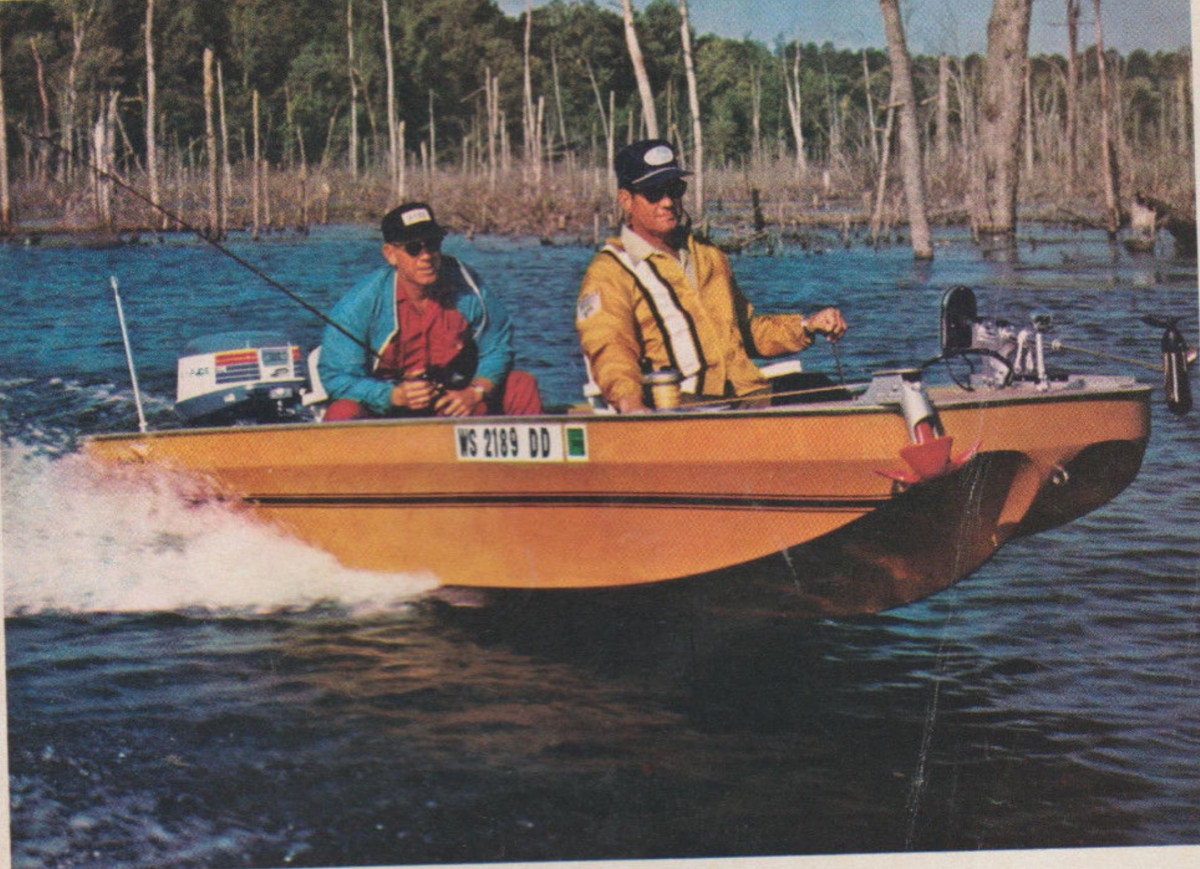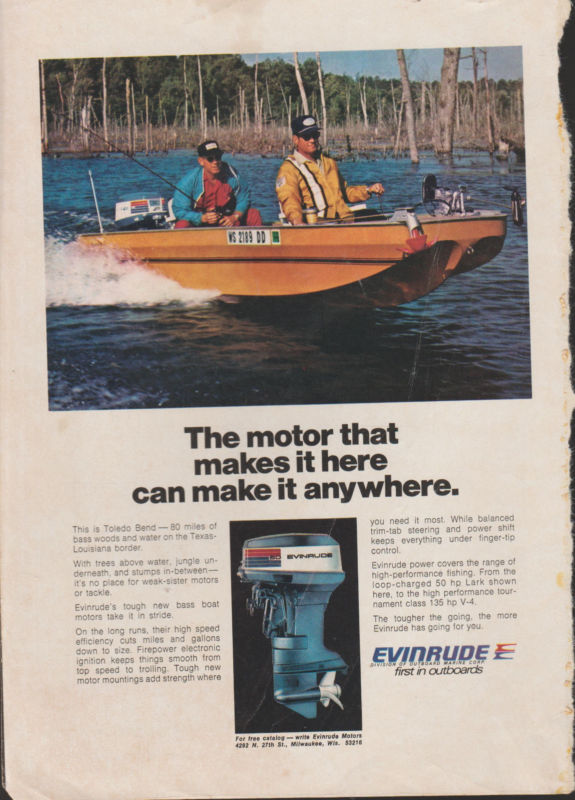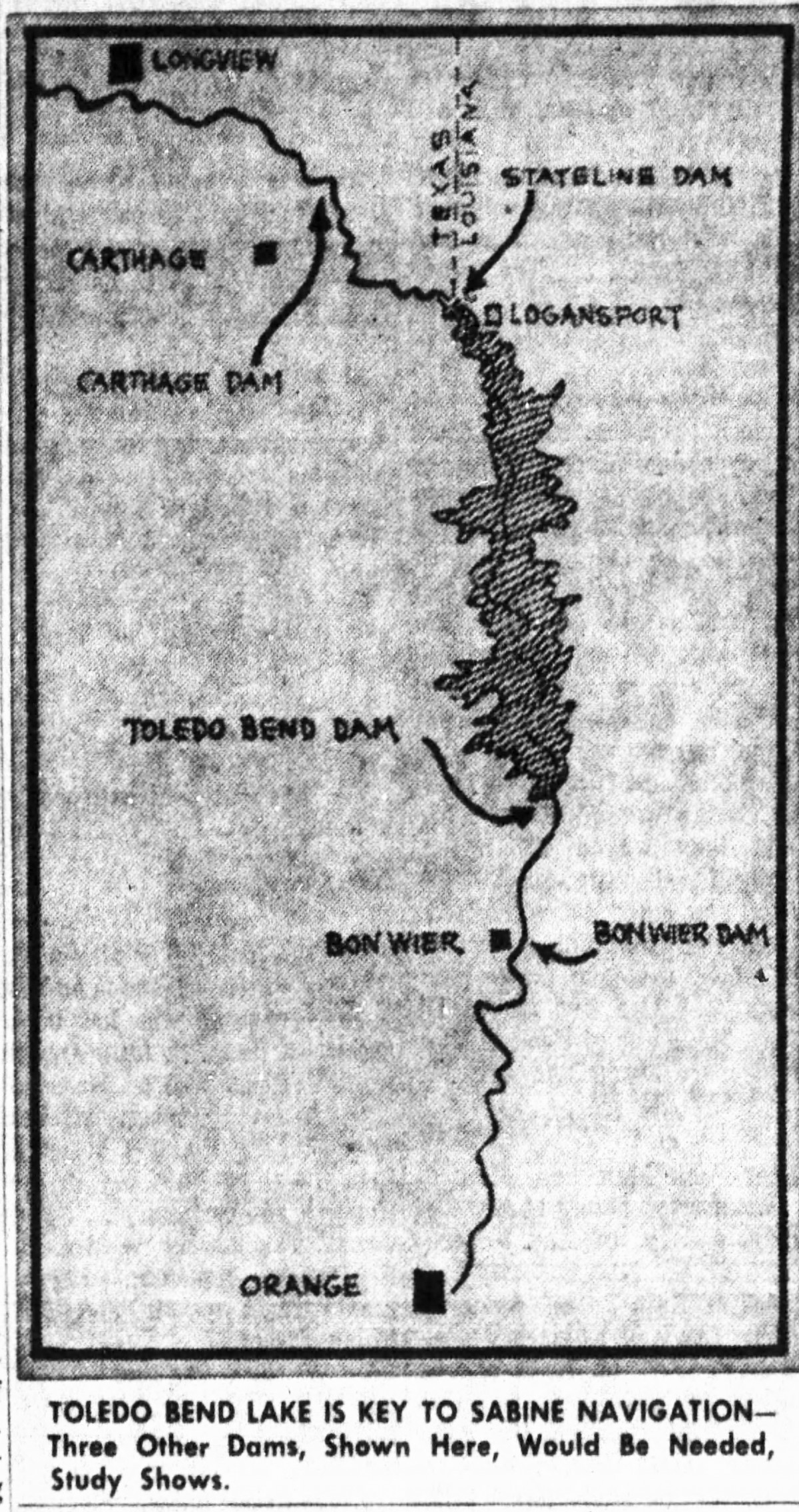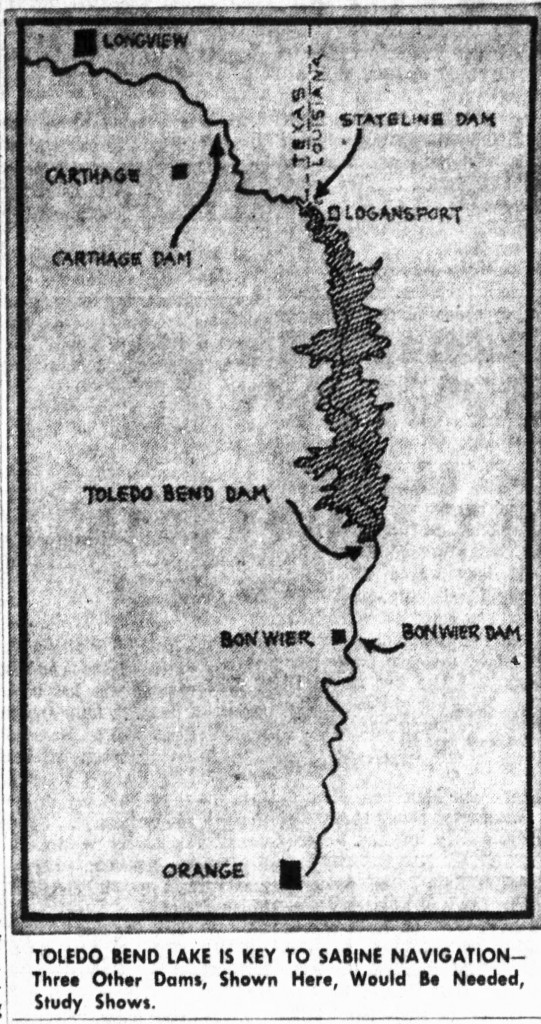
Words often come very easily for me. Until life happens in a way so unexpected and so difficult to comprehend that my usually trustworthy word-producing mind lets me down, finding a void where words should be plentiful.
But I feel extremely inclined to offer whatever words I can for a long-time close friend of mine who just yesterday lost her beloved father. For words are the least I can offer. And perhaps they are the most I can offer as well.
Gary Bass, a lifetime Sabine Parish resident, passed away suddenly yesterday. I do not know the details… but what I do know is that it was sudden and it was unexpected… From what I understand, he was alive and well just yesterday morning. He was full of life and love and so much good. And now, he is gone from this Earth… I can only imagine for his family, this is barely comprehensible, if at all.
Gary’s daughter, Martha Bass Snider worked with me at the local newspaper for many years, during the 1990s. We watched as local citizens of prominent status… doctors, lawyers, judges, politicians, bankers, and businessmen… were posthumously honored with Page One obituaries and feature articles in the newspaper, detailing their lives on this Earth. As it happens, and quite frankly, as he wanted it, Gary Bass was not a prominent citizen per se… He probably fancied himself a common man but in truth, he was actually quite uncommon. A bit of a rarity in this world we live in.
Gary Bass, in fact, was as honorable of a man as I’ve ever come across in my lifetime. A man who deserves fine mention in any and every manner.
And so with this in mind, I offer to my friend Martha and to her family my heartfelt and sincere words and thoughts about Gary Bass. And by offering these words here, in this forum, I wish to honor Gary Bass and the man that he was to any of 22,933 followers of All Things Sabine who take the time to read this.
Gary Bass was a good man. I say this with seeming simplicity, but it is so very much more than that. In this world we live in, coming across truly good people is the exception rather than the rule. A bit of a rarity, if you will. I guess perhaps because it is not always so simple to be good… I mean to be truly good. It is not so simple to be selfless and it is not so simple to put others first, as Gary did.
It warrants repeating, Gary was an honorable man… one of the good ones… one of the individuals who will never be forgotten by those who knew him in any way beyond just a “Hello.”
He was a family man through and through. A bit of a lost breed. Not to say there aren’t true family men out there, but his devotion to his family was both phenomenal and special. And yes, a bit rare in today’s times.
He was a wonderful husband to Myra… To say devoted doesn’t scratch the surface of who Gary Bass was. I remember thinking many times how strong and evident their mutual love and adoration for each other was. Gary’s relationship with Myra was so simple and pure and yet equally unique and complex… I say with a high degree of confidence that it was apparent to all who knew Gary and Myra knew that they were still truly in love with each other after all their years of marriage. That, too, is rare in this day and time.
Gary was a wonderful father… he doted on his children and they on him. He worked and sacrificed to provide for them. And I could tell that with him, it was not so much a matter of obligation or duty, though both were certainly inside of him, but rather a matter of pure love and adoration and wishes for the happiness and well being of his children as youths and later on as adults.
He was an amazing grandfather… the kind who regularly made moments to be forever remembered and cherished by his grandchildren. The kind who set examples for these youngsters through the way he was and the way he lived.
Gary was a hard worker. Always. Even in times of injury, he never made excuses… work was second nature to him. He did what he had to do… he knew exactly what it was he had to do and he always seemed to make it happen.
Gary was a religious man. He worshiped regularly and celebrated in his faith. His strong faith was evident in his consistent positive attitude… another rarity.
He was an incredibly kind man, who welcomed any one at any time. He had a keen sense of humor, witty sometimes but warm all the same, and he made people laugh. Mostly, he made people smile… there was just that something about him… that something I can’t put my finger on but it was there, in his presence.
Gary was always, always accepting. He was truly interested in others and what they were doing. He asked questions, and he listened, keenly… with genuine interest and caring. He never seemed to judge, for through his strong faith, he knew well that was not his place.
Gary loved his Country, and he loved the country. He was a country man if I ever met one, and I mean that in the nicest way. He loved Sabine Parish and he loved the countryside. He loved open spaces, at home and on the road.
Gary was one of those individuals whose love of life was ever present. You could just sense it in his presence. And from what I saw, he lived life to its fullest… he relished the busy times and the simple times alike. For him, there was a time for all things, and he captured the moments and he lived the full life… honorably and with dignity, purpose, and lots of love. That is a rarity… a bit uncommon by today’s standards.
Gary Bass was a common man in self-declaration who lived an uncommon life and held uncommon values dear. He was a rarity. He was, in more ways than I can count, prominent in his own right… for he stood out indeed, the very definition of prominence when you get right down to it… Gary Bass, in fact, stood well above many men in many ways.
His time came too soon. Certainly too soon for his family and his close friends. I have no place to say, “he’s in a better place,” or “God called him home because he needed another angel”, or any of the things we hear when lose a loved one. What I can say, though, is that Gary Bass was, without a doubt, one of the good ones… a fine man with a thirst for life who made the absolute most of his time on Earth.
And for the life he lived, Gary Bass will be welcomed in Heaven and missed on Earth.

